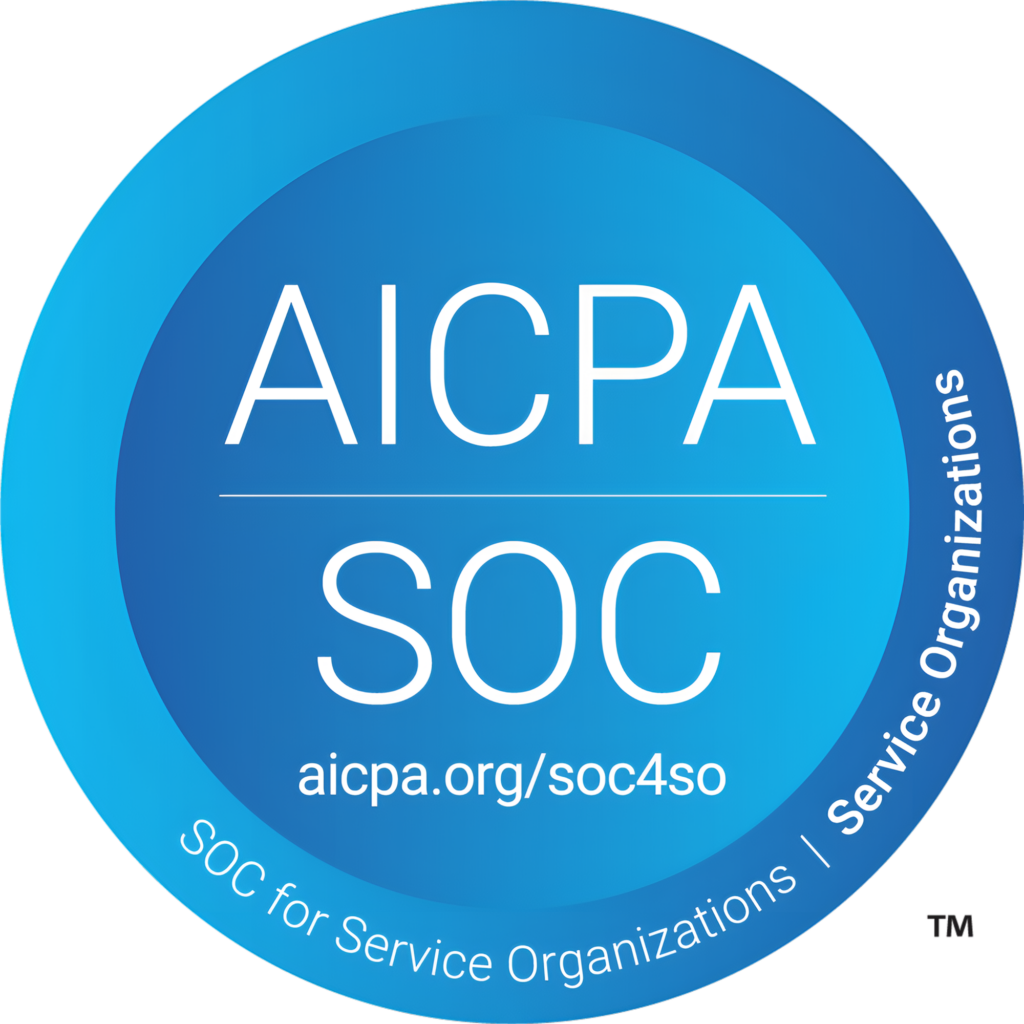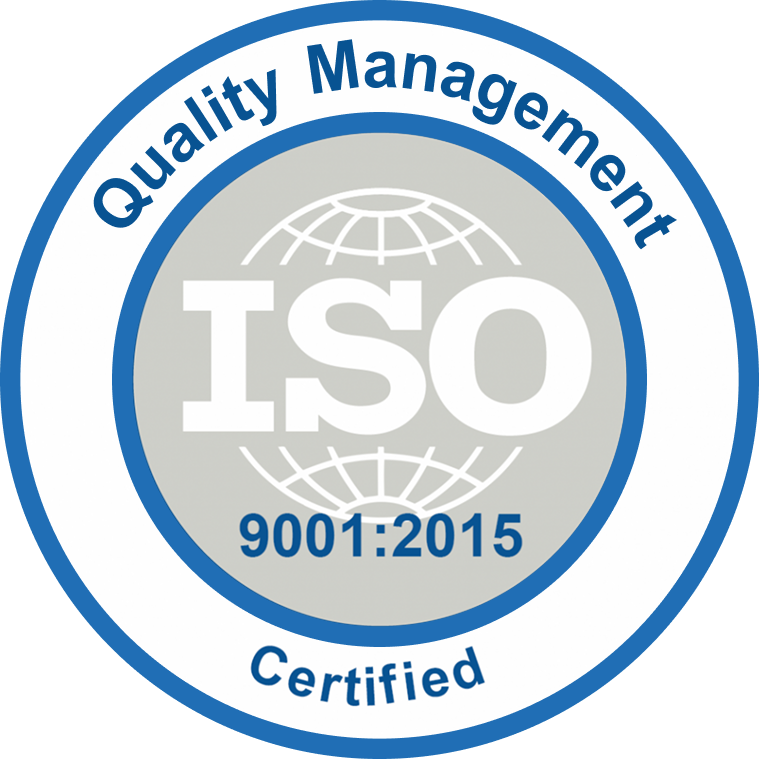With a massive rise in the adoption of MS Teams and growing organizations, managing its utility has become challenging. Failing to set a governance policy would confuse the users, bring gaps in security compliances, and eventually hamper productivity in organizations.
Yet, many organizations struggle with disorganized workspaces, scattered messages, and unstructured document management due to overlooking governance during Teams implementation. Setting up a Teams governance policy not only addresses these challenges but also empowers IT departments to manage information overload effectively, enabling users to streamline their workflows and enhance their digital workplace experience.
To fully leverage the potential of Microsoft Teams, defining clear roles, processes, and structural guidelines is crucial. This ensures safe, efficient, and successful collaboration across your organization.
What is Microsoft Teams Governance?
Continue Reading
Microsoft Teams Governance means how you manage the users and allow them to access data in compliance with business security policies. It is the key to effective collaboration in Teams. By establishing clear governance principles, organizations communicate expectations to users regarding their roles and responsibilities. This clarity helps maintain security and compliance while fostering a productive collaborative environment.
For instance, when users are familiar with the rules and criteria for creating Teams and channels, they are less likely to duplicate channels. They can create channels using appropriate naming conventions, which reduces confusion and ensures clarity about each channel’s purpose. This becomes crucial during transitions between projects or teams, facilitating smoother collaboration and productivity.
- Using a suffix like {EXT} for teams with external guests
- Adding a customer name for the projects in teams
- Using the country name before the team would keep confusion at bay- Canada Tech- if there are multiple teams with the same name.
Teams Governance encompasses more than just naming conventions; it involves establishing ownership, defining team rules, setting retention policies, managing guest access, archiving redundant teams, and deleting obsolete ones. These elements collectively ensure efficient and secure collaboration within Microsoft Teams, aligning with organizational goals and regulatory compliance.
Best Practices for Microsoft Teams Governance
| Aspect | Description |
|---|---|
| Team Creation Management | Define who can create teams to prevent redundant or unauthorized team proliferation. |
| Guest Access Control | Manage external guest access to maintain security and compliance standards. |
| Standardized Naming Conventions | Implement clear and consistent naming rules to avoid confusion and streamline searches. |
| Third-Party App Management | Regulate the installation and use of third-party apps to mitigate security risks. |
| Content Deletion and Archiving | Establish policies for deleting or archiving content to maintain workspace cleanliness. |
| Public vs. Private Teams | Decide when to use public, private, or organization-wide teams for effective collaboration. |
| Understanding Channel Types | Differentiate between standard/public and private channels to control data access. |
Let us explore more about some of the best practices for MS Teams Governance in detail.
1. Determine who can create teams
Do you want everyone to create teams? Absolutely not.
When team creation is unmanaged, it can lead to redundant teams without clear purposes and a cluttered backend filled with unused SharePoint sites. Restricting the ability to create Office 365 groups can help mitigate this issue, but it is essential to balance control with the needs of users who require team creation capabilities. Otherwise, they may resort to unauthorized applications like Dropbox, posing security risks and potential ISO accreditation concerns.
Here are effective strategies for managing team creation:
- Block all users from creating teams: Utilize external tools such as Microsoft Forms for team creation, ensuring IT intervention for oversight.
- Allow all users to create teams: After creation, ensure teams are promptly managed and well-organized.
- Allow controlled creation: Permit users to create teams through approved third-party apps while maintaining control over the process.
Implementing these strategies ensures that team creation aligns with organizational policies, promoting efficient collaboration while safeguarding data security and compliance.
2. Decide who can grant access to guest users
External guests can seamlessly join Teams, gaining direct access to files, chats, and applications. However, enabling all users to add guests indiscriminately can complicate backend operations. To manage this, administrators can control guest access settings through the Teams Admin Center or Active Directory, implementing changes at a global level.
For more granular control, administrators can utilize sensitivity labels to manage guest access on a team-by-team basis, ensuring security and compliance tailored to specific organizational needs.
3. Standardize naming conventions
As you begin setting up channels in Teams, initial organization may appear organized. However, as teams expand and more members join, channels may accumulate with varied names based on their creators. This can result in inconsistent naming conventions, leading to confusion over time.
While generic and common names suffice for newly established organizations, they may prove inadequate as companies grow across diverse domains and locations. For instance, having multiple “Marketing” Teams can hinder clarity and efficient collaboration.
To ensure effective and easy collaboration, follow these rules to structure and set the rules for naming conventions
- Pick clear, concise, and easily understandable names always.
- Add a description which everyone can understand.
- Make sure the rules are communicated across the organization so everyone remains on the same page while creating channels.
4. Manage third-party app availability
Once organizational policies are clearly defined and communicated, the next crucial step is to determine the selection of third-party apps for your teams. Allowing teams to independently install and use any of the 600 third-party apps available in the Microsoft Store offers the benefit of autonomy, reducing the need for frequent IT intervention.
However, this approach also presents challenges. If users install apps without oversight, it can lead to inconsistency and potential security risks. To maintain uniformity and security, it is essential to establish clear guidelines on which apps users can access independently and for which apps they must request approval.
Collaborating with department heads to assess their specific app needs is invaluable. This collaborative effort ensures that only necessary and appropriate third-party apps are enabled.
Administrators can manage this through the ‘Manage apps’ page in the Teams admin center, where they can toggle app permissions based on organizational requirements. Additionally, administrators can adjust settings for newly published apps, either enabling them by default or managing them individually as needed. This proactive management approach helps uphold consistency and security across the organization’s digital ecosystem.
5. Deleting and archiving content
Do you know what happens when you delete the content from Teams?
As a Teams administrator, understanding the management of archived or deleted content is crucial for effective governance. When users delete content in Teams, it is removed from the channel and the associated SharePoint site.
What happens when you delete the teams in Microsoft Teams?
Deleting a team in Microsoft Teams has broader implications: it removes the entire team, including all activities, files, chats, and other content. This action also deletes the team’s channels and the associated SharePoint site.
To preserve data that may be needed in the future, teams can be archived instead of deleted. Archiving retains the team’s content while making it inactive for ongoing use.
To delete a team, navigate to the Teams Admin Center, select the team’s name under the Teams section, click on Delete, and confirm the action. If channels are deleted mistakenly, they can be restored within 30 days.
And what happens when you Archive teams in Microsoft Teams?
Archiving a team in Microsoft Teams suspends its activity while allowing continued member management, such as adding or removing members.
To archive a team, access the Teams Admin Center, select the team’s name from the Teams list, then choose Archive and confirm the action. If you need to restore an archived team, follow the same process in the Teams Admin Center to unarchive and reactivate it.
Additionally, administrators can establish expiry dates for unused teams, facilitating their disposal when no longer needed.
6. Know when to have public teams and private teams
In Microsoft Teams, there are three types of teams:
- Public Teams
- Private Teams
- Organization-wide Teams
Public Teams: These are accessible to all members of the organization (tenant) without needing approval. They are discoverable by all users and are typically used for company-wide discussions or casual topics.
Private Teams: These teams are hidden and require owners to approve new member requests. Members have limited access to data unless permissions are specifically granted. Access can be managed as needed by team owners.
- Can private teams be converted into public teams? Yes, you can convert private teams to public teams by adjusting the privacy settings: Navigate to team name > More options > Edit team > Privacy > Select Public or Private > Save changes.
Org-wide Teams: These teams automatically include all members of the organization for broad discussions or announcements. Organizations can create multiple Org-wide teams as needed.
Managing these team types effectively ensures that Microsoft Teams is used efficiently for both organization-wide communication and specific, secure collaborations.
7. Know the difference- Standard/Public and Private channels
Standard/Public Channel: Any team member can access messages, files, and meetings within these channels. When you delete a Standard channel, it is removed from Teams, but the corresponding folder remains in SharePoint.
Private Channel: Access to Private channels is restricted to invited members only, ensuring confidentiality and focused collaboration among select participants. Once joined, members can access all content within the channel. Deleting a private channel removes both the channel and its associated site.
To summarize,
Implementing effective Microsoft Teams Governance helps enhance data security, centralize content management, ensuring consistency across your workspace. If you are transitioning from Slack to Teams, managing your workspace can be daunting. Let us assist you in organizing and optimizing your Teams environment.
Ready to simplify your Teams Governance?

